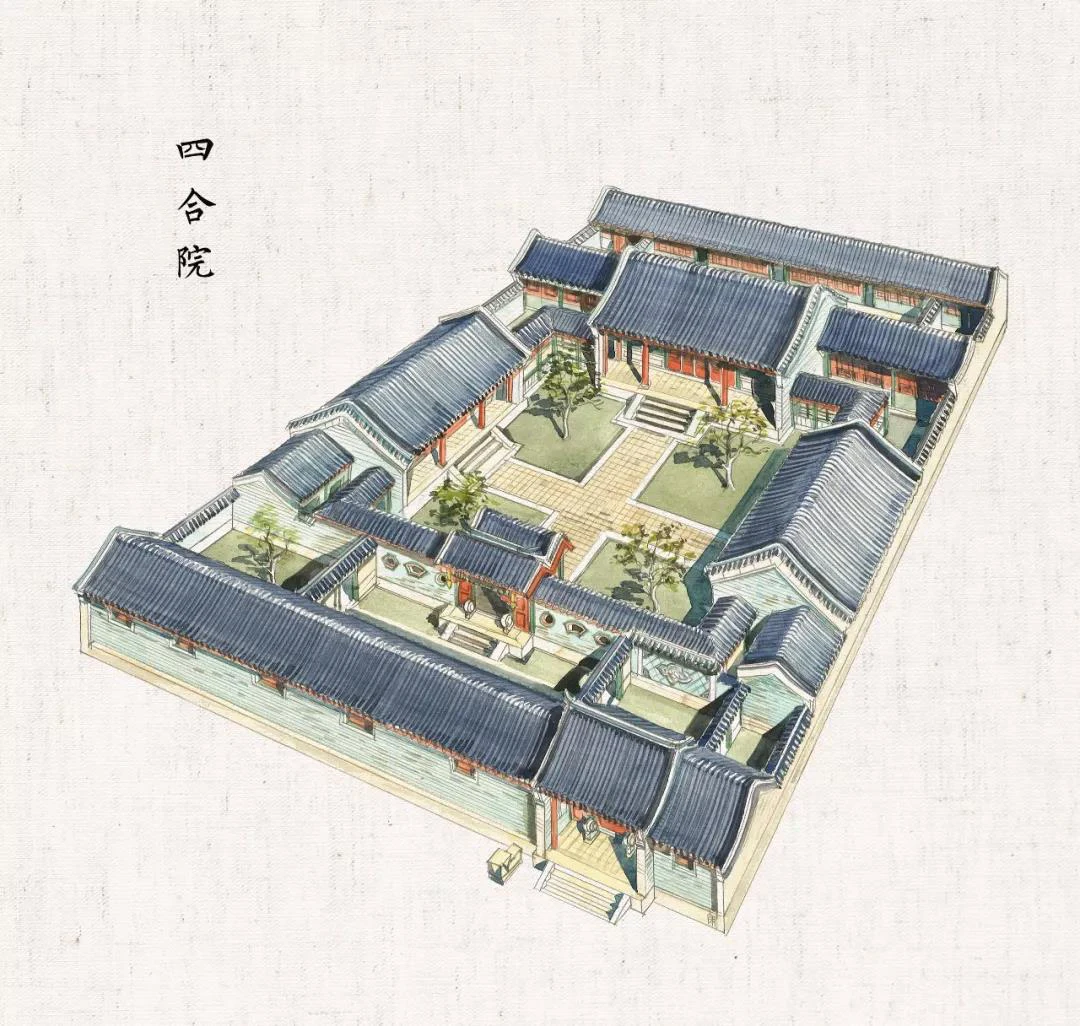The word "Tulou" roughly translates to "earthen building" in English. Tulou are renowned for their architectural and cultural significance and have been recognized as UNESCO World Heritage sites. The Hakka Tulou were primarily constructed by the Hakka people, a distinct ethnic Chinese group with shared cultural and linguistic backgrounds.
The design of Hakka Tulou is rooted in the concept of communal living and defence. These buildings were designed to accommodate multiple families, with each family occupying its own section within the structure. The exterior walls are exceptionally thick and fortified with layers of compacted earth, making them resilient against natural disasters, including earthquakes and typhoons. The Hakka Tulou often have only one main entrance, which can be easily defended, further enhancing their defensive capabilities. They are characterized by their massive size, circular or square shape, and durable construction using locally available materials such as earth, bamboo, wood, and stone.
The interior layout of a Hakka Tulou typically features a central courtyard surrounded by multiple levels of housing units. The ground floor usually consists of storage areas, kitchens, and livestock pens, while the upper floors are dedicated to living quarters. The rooms are arranged in a circular or square formation, connected by corridors and staircases.
These tulou buildings are not only remarkable for their architectural design and defensive features but also for their cultural significance. They serve as a testament to the communal lifestyle, strong social cohesion, and unique heritage of the Hakka people. The Hakka Tulou provide insights into their history, traditions, and way of life, reflecting a harmonious integration with the surrounding natural environment.
In recent years, the Hakka Tulou have gained popularity as a tourist destination, attracting visitors from around the world. Their distinctive architectural style, rich cultural heritage, and scenic landscapes make them an intriguing and picturesque attraction in Fujian, China.







